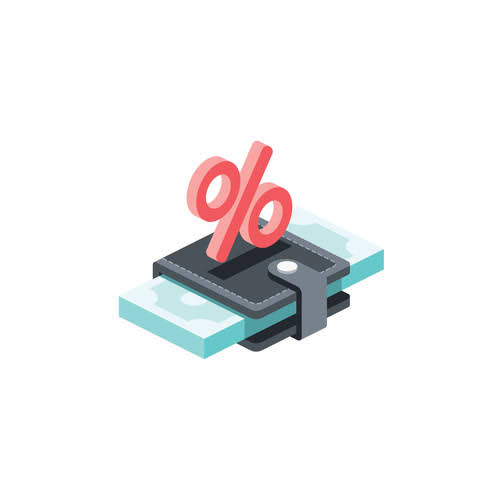
If you’ve just started a new business, or it’s your first time managing the accounts, you’re probably discovering a lot of unfamiliar terms. Typically, financial institutions automate the task of calculating the ledger balance. However, you also have the option to manually calculate it, providing an additional layer of oversight and control over your accounting ledgers. Our beginner-friendly guide will show you the practical applications of knowing your ledger balance in everyday financial management.

Manage your account
The closing balance on such an account is retained and carried forward to the immediately next financial year. B/D and C/D are abbreviations used in accounting when referring to the opening balance and closing balance of a business. As a senator and 2020 presidential candidate, Harris proposed providing middle-class and working families with a refundable tax credit of up to $6,000 a year (per couple) to help keep up with living expenses.
Best for Combination Skin: Dieux Air Angel Hydrating Gel Cream
GAAP requires that companies eventually reallocate the balance in the Opening Balance Equity account to the appropriate permanent equity accounts, such as retained earnings or additional paid-in capital. This reallocation is typically done through an income statement, where profits and losses are recorded, or directly through adjustments in the equity section of the balance sheet. As a business evolves, it may need to create new accounts to reflect changes in its operations or to improve financial reporting.
Main Elements of Financial Statements: Assets, Liabilities, Equity, Revenues, Expenses
It’s your first time doing the accounts for your new business, or perhaps it’s the start of a new financial year. You’ve heard about something called an opening balance, but you’re not quite sure what it is or how and when to use it. The other reason opening balances are so important is that they provide clear answers about your company’s performance to investors, stakeholders and tax authorities. The availability of your ledger balance can vary depending on factors such as the type of transaction and your bank’s policies.
A common reason for a lingering balance on your opening balance equity account includes bank reconciliation adjustments that weren’t done properly. If a business is just starting up, then the opening balance is the first figure entered into the accounts of that business. Once reviewed as a group, these financial statements should then be compared with those of other companies in the industry to obtain performance benchmarks and understand any potential market-wide trends. Close monitoring of financial statements highlights where revenue is strong and where expenses are incurred efficiently, and the opposite is true as well.
Drawings Account
It’s important to note that investors should be careful not to confuse earnings/profits with cash flow. It’s possible for a firm to operate profitably without generating cash flow or to generate cash flow without producing profits. Again, a firm keeping accounts under single entry system may decide to convert into double entry system.

Opening balance of capital is recorded by passing an opening entry i.e., “By Balance b/d”. Liabilities are shown Right Hand Side on the Ledger account and they are represented with the insertion “By” for recording all the credit side entries in a ledger. Opening balance of liability is recorded by passing an opening entry i.e., “By Balance b/d”. Assets are shown Left Hand Side on the Ledger account and they are represented with the insertion “To” for recording all the debit side entries in a ledger.

Usually the person starting a business will have funds that they can pay into that business on day one, in which case these funds will represent the opening balance. Annual Percentage Yields (APYs) and Interest Rates what is opening balance shown are offered on accounts accepted by the Bank and effective for the dates shown above, unless otherwise noted. Interest is calculated and accrued daily based on the daily collected balances in the account.
- It’s the fundamental principle in accounting, and QuickBooks obviously follows it.
- Sign up for accounting software to easily create and manage your opening balance equity account here.
- A balance sheet reports a company’s assets, liabilities, and shareholder equity at a specific time.
- Unlike an income statement, the full value of long-term investments or debts appears on the balance sheet.
- As you navigate the complexities of accounting, becoming well-versed in the terminology will undoubtedly serve as an invaluable asset.
- Adding opening balances to your liability and equity account should, ideally, put the OBE’s balance to zero.
